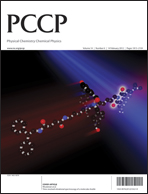Using first-principles calculations, we investigate the structural, electronic and magnetic properties of triwing zigzag graphene nanoribbons (TW-ZGNRs), as well as the electric field effects on their electronic structures. The TW-ZGNRs have comparable energetic stabilities to the normal ZGNRs and exhibit fascinating junction-dependent electronic properties. With the sp2 hybridized junctions, the TW-ZGNRs undergo a Peierls distortion and behave as ferromagnetic metals. While the TW-ZGNRs with sp3 hybridized junctions become semiconductors, which have a ferrimagnetic ground state. An external electric field can further modulate the band structures of semiconducting TW-ZGNRs. The parallel electric field directly moves the flat bands around the Fermi level, while the perpendicular field controls the edge states at the ribbon wings. By these electric field modulations, the band gaps are effectively tuned and half-metallicity can be induced into TW-ZGNRs. Our studies demonstrate that the junctions play an important role in the electronic structures of TW-ZGNRs, which have well-tunable electronic and magnetic properties for potential applications in nanoelectronics and spintronics.

You have access to this article
 Please wait while we load your content...
Something went wrong. Try again?
Please wait while we load your content...
Something went wrong. Try again?


 Please wait while we load your content...
Please wait while we load your content...